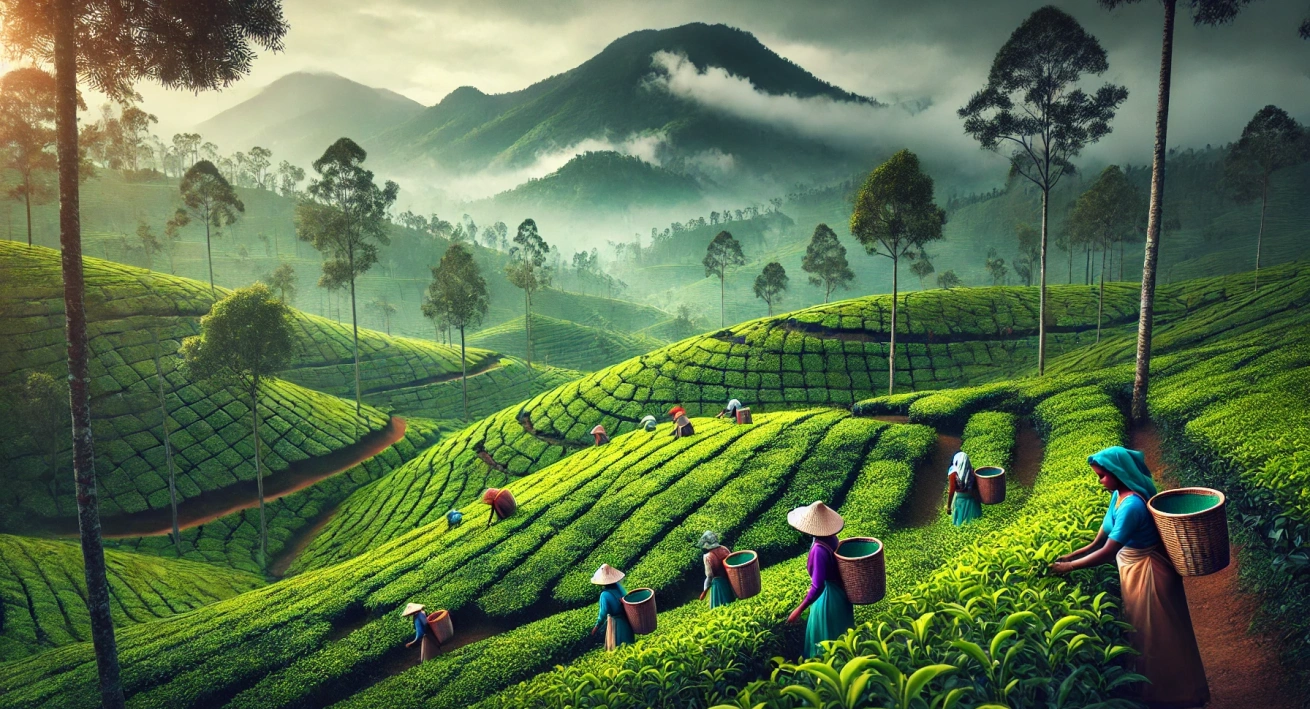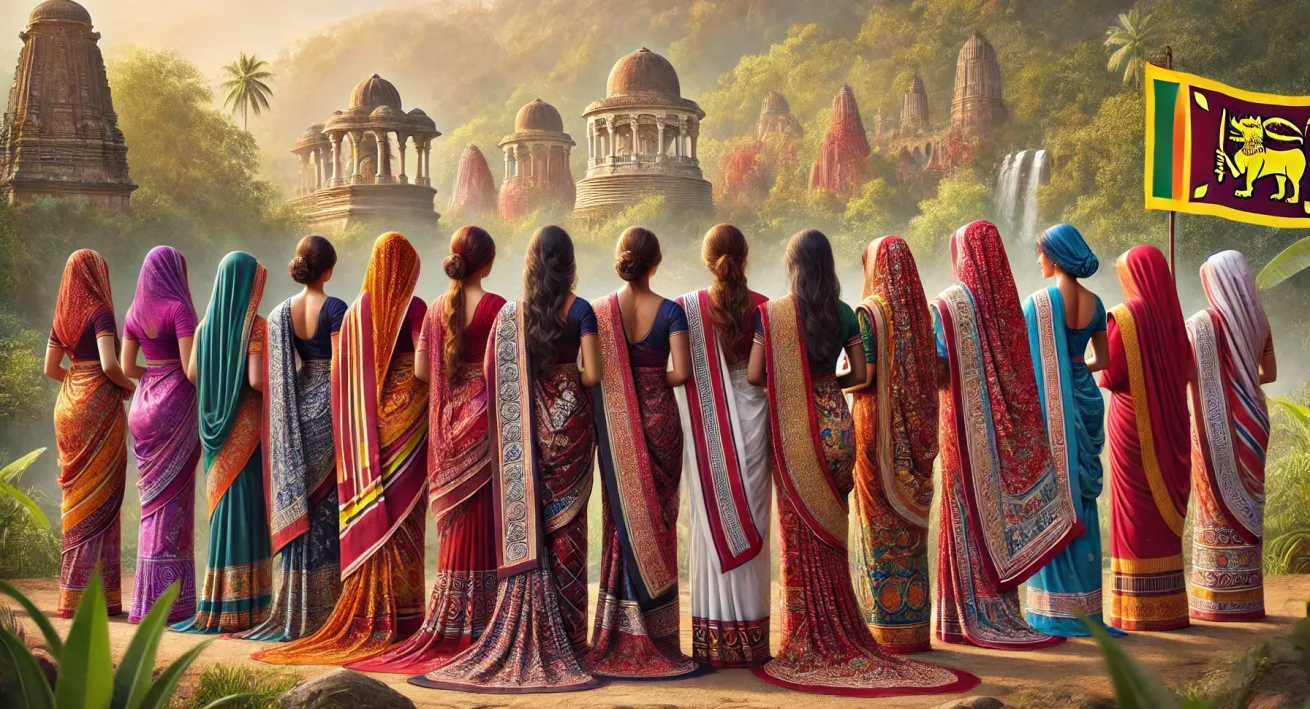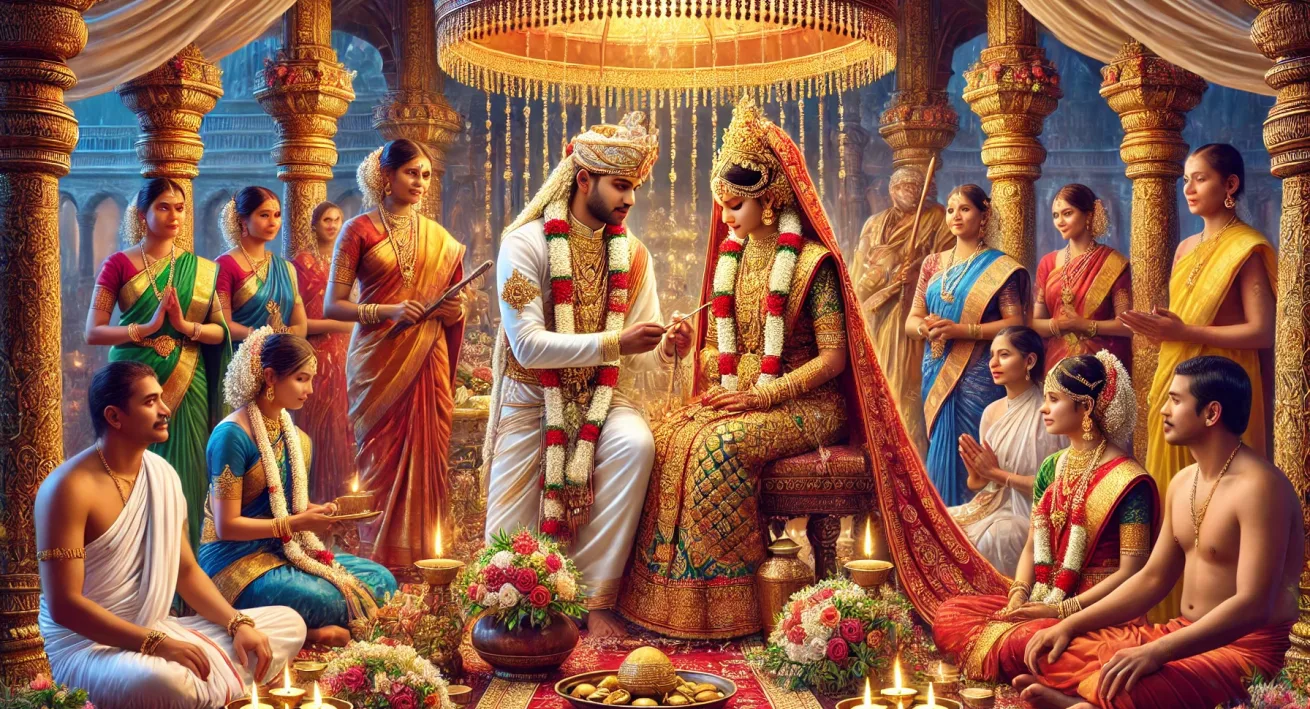Sri Lanka, formerly known as Ceylon, is famous for its world-class tea. The country’s rolling hills and lush green landscapes are home to some of the most renowned tea plantations in the world. Whether you are a tea connoisseur or just someone looking to immerse yourself in the beautiful scenery, exploring Sri Lanka’s tea farms offers a unique experience. From sipping freshly brewed Ceylon tea to walking through picturesque fields, these farms offer a taste of tradition, history, and the vibrant culture of Sri Lanka.



